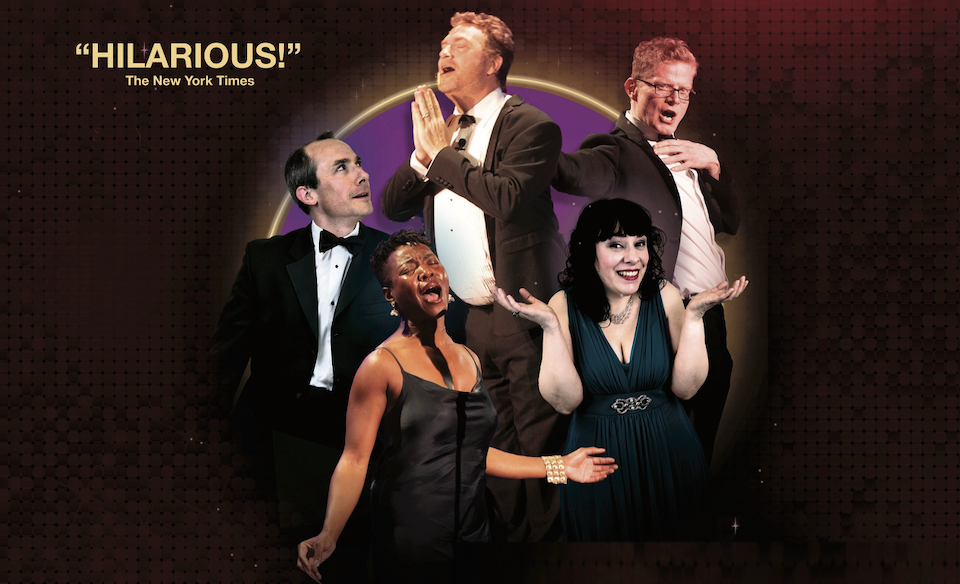The company with Seth Rudetsky and Tony nominee Dick Scanlan.
No one loves Broadway like Seth Rudetsky loves Broadway. He is one of those icons who just live and breathe the Great White Way. And we love him for it. We were lucky enough two summers back to have him lead a workshop for us so we can capitalize on the Broadway in Broadway's Next.
We're happy to say now that he is appearing on Broadway with the show that he co-created Disaster. It opened this week and is getting great reviews.
Know Your Genre
One of the reasons reviews have been so good is that the creative team behind the show truly understand the genre of disaster movies. That theme of knowing your genre was clear when he sat in our rehearsal. If the show is about Broadway then it's vital to know musical theatre. Seth constantly dropped references to musicals, big players in the industry, and theatre terms when he watched us work. Sure, some of us are huge Broadway nerds and already knew those references, but many of us come from more of an improv background. We didn't have that kind of theatre knowledge. Having him in the workshop showed us we had some catching up to do, and specifically where the holes were.
Since then we've had workshops centered around musical theatre composers, listened to many Original Cast Recordings, and worked on projects like the #CutSongsFromTonyNoms to keep us in the know.
Disaster Musical
Understanding genre has clearly worked for Seth Rudetsky's newest project. On Tuesday night Disaster opened on Broadway. Seth is a performer and co-creator of the show which combines disco music with disaster movies. There are singing nuns, Farrah Fawcett-inspired 'dos, earthquakes, and people stuck inside very cramped spaces. When we asked him how he knew so much about the disaster movie genre he tweeted to us, "I grew up in the 70s!" Charles Ishwerwood of the NY Times said that it provides "a rush of giddy nostalgia." The clothes, the music, the hair: if those elements aren't right then the show falls flat. The show straddles knowing disco songs (it's a jukebox musical) and getting inside that inescapable movie trend of the 70's.
Getting It Is Irrelevant
What if we throw out references and the audiences don't know them? Do people in Auburn, WA have any idea who Susan Stroman is? Do they know the term eleven o'clock number? What if Disaster's audiences haven't seen The Towering Inferno. Will it still work?
We insist that, yes, it will. Audiences can tell when someone has a command over something and when they're just shouting out the buzzwords - even in comedy. It reads.
When the show has theatricality to it, when the references are grounded in authenticity the audience feels it. If they get the joke, great! If not, it's still fun to watch people onstage clearly committing to the subject. They know that what they're seeing is the real deal and that makes for a richer experience.
It's a win/win.
Tweet Us More
Find out more about Disaster here. Have you seen it? Tweet at us and tell us how knowing (or not) the references made for a better show.



























